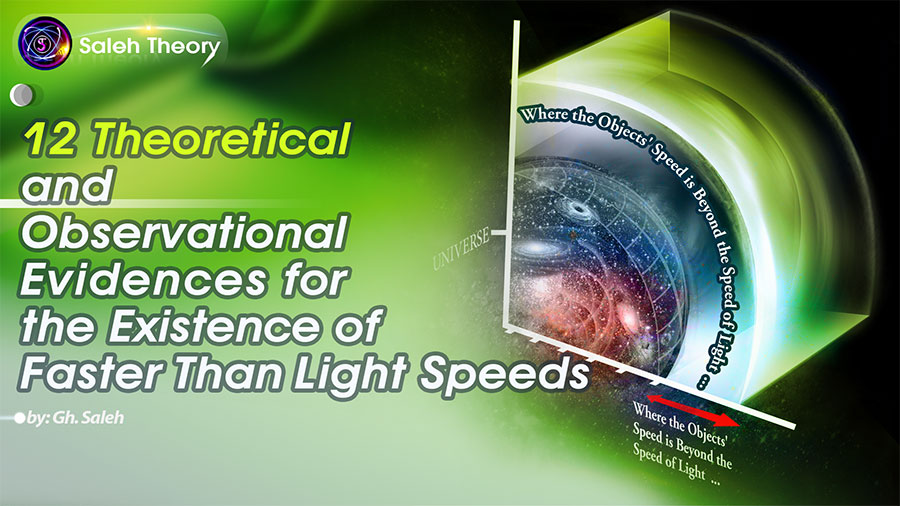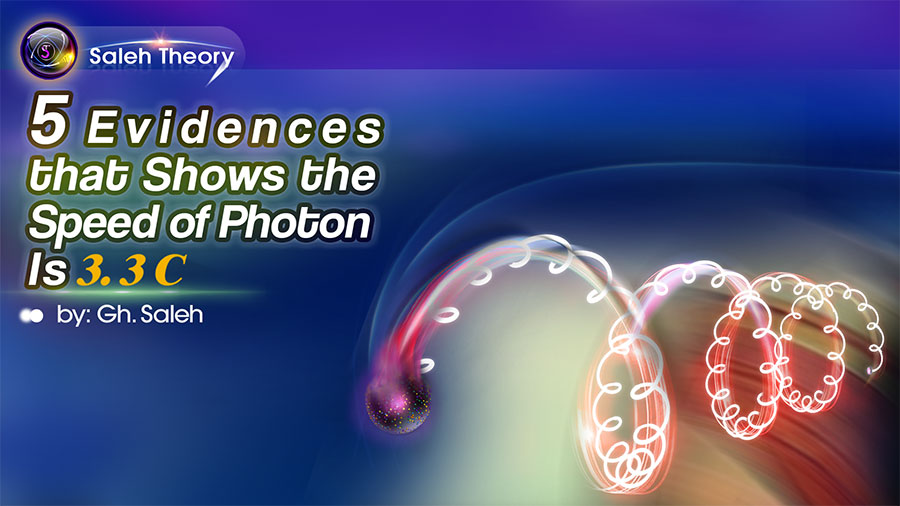
7 Arguments for Fundamental Periodicity in Universal Dynamics: Including the Big Bang
We often perceive the universe as full of chaos, expansion, and change. Yet, within this apparent disorder, a surprising order is hidden. One manifestation of this order is the periodicity and rhythm in the motion of objects, from the smallest subatomic particles to the largest galactic clusters. It's as if nature has a universal melody to which all parts of existence dance. Below, we highlight seven prominent examples of these periodic motions in the universe:
1. Rotation of electron around the nucleus
The orbital motion of electrons around the atomic nucleus is one of the first signs of periodic order in the world of particles. This movement is responsible for the stability of matter and the regular, quantum emission of energy.
2. Rotation of the nucleus of atom on its own axis
The nucleus of atom isn't static; according to the article by the Saleh group “ 5 Evidences Demonstrating Nuclear Spin in Atomic Systems ”, it also undergoes rotational motion around its own axis. This behaviour further demonstrates rotational order at subatomic scales.
3. Rotation of electron on its own axis
The electron possesses an intrinsic rotation or spin, which plays a fundamental role in quantum mechanics. This characteristic forms the basis of materials' magnetic behaviour and even modern applications like quantum computers.
4. Rotation of planets around the central star of system
Planets orbit their parent star with precise, periodic regularity. This movement is the result of gravitational balance and is one of the most fundamental patterns of periodicity at the solar system scale.
5. Rotation of stars around the central black hole of galaxy
Stars within galaxies typically orbit the central supermassive black hole. This immense motion maintains the dynamic order of the galaxy and is one of the most vibrant manifestations of cosmic rhythm.
6. Rotation of galaxies around the centre of superclusters
Galaxies are also part of large-scale structures and are in orbital motion around the gravitational centres of superclusters. It's as if the entire universe is in a slow but continuous rotation, the existence of which has been proven by the Saleh Research Group using Hubble's Law in the article “ New Discoveries about Hubble's Law ”.
7. The repeating Big Bang cycle in the Saleh model
Based on the article “ New Calculation of the Time of the Universe from Beginning to End ” presented by the Saleh Research Group, the Big Bang phenoimenon is not a singular event but part of a repeating cosmic cycle. In this model, after each Big Bang and extensive expansion, the cosmos enters a contraction phase during which celestial objects and galaxies are gradually drawn towards each other, eventually converging at a single point. This extreme concentration leads to the next explosion (the next Big Bang) and the start of a new cycle. According to this view, each cosmic cycle lasts approximately fifty billion years, and the universe oscillates between expansion and contraction in a cosmic rhythm.
References:
[1] Saleh, Gh. "5 Evidences Demonstrating Nuclear Spin in Atomic Systems." Saleh Theory, 19 Jul. 2025, https://www.saleh-theory.com/article/5-evidences-demonstrating-nuclear-spin-in-atomic-systems
[2] Saleh, Gh. "A Simple Explanation for the Existence of the Multiple Universes Part C." Saleh Theory, 18 May. 2025, https://www.saleh-theory.com/article/a-simple-explanation-for-the-existence-of-the-multiple-universes-part-c
[3] Saleh, Gh. "New Discovery About the Helical Motion of Electrons in the Universe." Saleh Theory, 20 Feb. 2024, https://www.saleh-theory.com/article/new-discovery-about-the-helical-motion-of-electrons-in-the-universe
[4] Saleh, Gh. "New Calculation of the Time of the Universe from Beginning to End." Saleh Theory, 29 Aug 2022, https://www.saleh-theory.com/article/new-calculation-of-the-time-of-the-universe-from-beginning-to-end
[6] Saleh, Gh. "New Discoveries about Hubble's Law." Saleh Theory, 07 Jun. 2022, https://www.saleh-theory.com/article/new-discoveries-about-hubbles-law
[7] Saleh, Gh. "Proof of the Rotation of the Nuclei of Atoms Using the Law of Conservation of Energy and Momentum." Saleh Theory, 12 Sep. 2022, https://www.saleh-theory.com/article/proof-of-the-rotation-of-the-nuclei-of-atoms-using-the-law-of-conservation-of-energy-and-momentum
 Download PDF
Download PDF 

